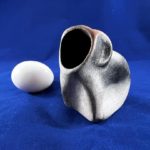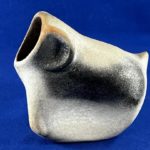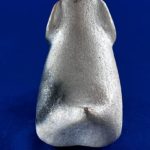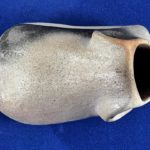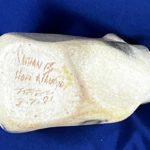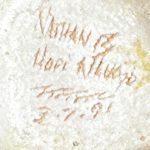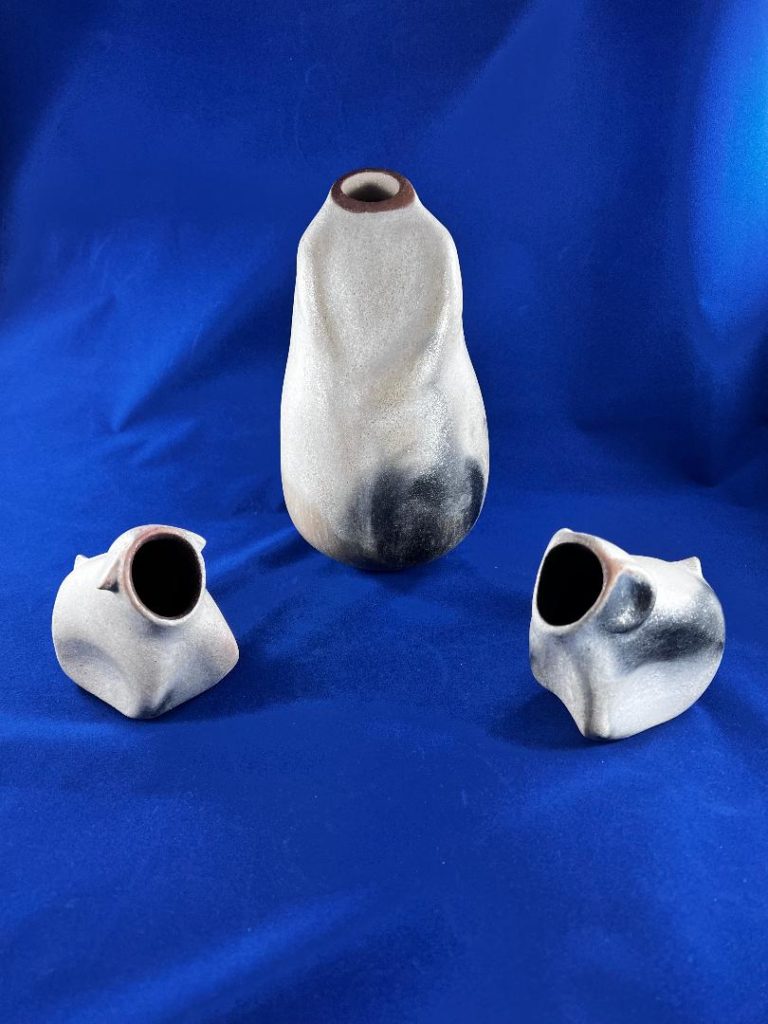
This is the last of three catalog entries about this group of pottery. Each begins with the same introduction.
Carrying almost no design except for burn marks, with only subtle suggestions of form, this small grouping of effigies stands in stark contrast to the 11 other beautifully decorated pots by Nathan Begaye in this collection. At first look these unpainted pots seem plain and uninteresting, like a Zen rock garden without flowers.
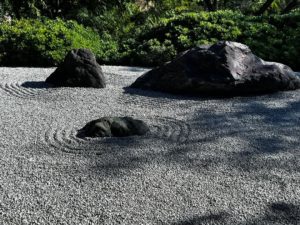
Spend some quiet time with this sheep herder and her flock, however, and these three enigmatic pots become immanent, evocative, and somewhat disturbing.
Their maker was a prodigy and an irascible human being whose conflicted life spun out-of-control and who died young. Among his oeuvre, this unpainted set might be unique; at least I have never seen another like it. Nathan was born to a Hopi mother and a Navajo father. Although his pottery is characterized by its tremendous variation in form and design, all other examples of Nathan’s pottery that I am aware of draw from his Hopi ancestry and carry pueblo-derived iconography. In contrast, both the theme and fabrication of the three pots under the rubric 2022-16 reflect his Navajo heritage.
Although they are a set, the three effigies will be discussed in separate catalog entries as items 2022-16a, 2022-16b and 2022-16c. I tried writing them as one entry, but found the result so complex that it was awkward.
Bisque-fired ram:
Form:
This ram effigy is much like its ewe counterpart, except that the triangular ears of the ewe have been replaced by large curved horns indicating its gender. Like the ewe, all four sides of the figure are dimpled, giving the figure definition. The micaceous white slip completely covers the tan clay of the body, with only suggestions of the tan clay body showing near the left horn and revealed by the scratched inscription on the bottom:
- Nathan B
- Hopi Navajo
- cloud cypher
- 3-7-91
…….being the date of creation.
Design:
Unlike its sister ewe, but like its guardian shepherd, this ram effigy carries a large black area that runs across is left ear to its hindquarters. Slight black smudges appear on its left limbs and right horn and front limb. As before, these black marks reflect a traditional Navajo firing.
Design Analysis:
Like its sister ewe, this ram has an impressive visual impact, both when viewed alone and when part of the three-pot set. In part this impact is the result of that disturbing gaping mouth, in part because the soft features of its body create a sensuous look and feel. The yawning holes create a bond of relationship between the three sculptures but also are reminiscent of decapitations. The soft, abstracted, form of the effigies and their fire-cloud finish blur their identity and suggest a universal theme of relationship and caring. These sensuous and disturbing features are at cross purposes and thus add tension and interest to ram effigy. Had they been formed with heads, the relationship would have been sweet, like a holy creche. As noted in the analysis of the shepherd effigy, emotions of both safety and fear are incorporated in the relationship between a shepherd and her flock.
This set of three figures is the second time effigies by Nathan appear in this collection. The first, a Hopi Maiden (2019-20), has a more realistic form, though her lower torso is abstracted much like the three-piece set discussed here.


